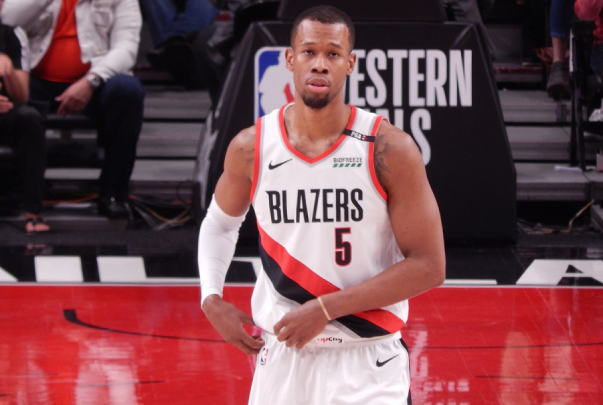Portland Trail Blazers: Flexing their payroll flexibility

High stakes poker in Rip City
One could assume because Portland was unable to move Hassan Whitesides’s big contract at last season’s deadline, Olshey learned his lesson. I think “Big Deal Neil” was planning his next scheme of gaining financial flexibility for the Blazers.
The GM knew other teams weren’t likely to offer Hood a larger contract coming off last year’s Achilles injury. But it made sense for Portland to offer the 28-year-old a higher contract now. First, the new deal was a reward for taking a smaller contract to stay with the team the prior year.
Due to the NBA’s complicated salary cap rules, Hood’s contract also allows Portland to have a movable asset to trade for a high ticket player in a contract for contract swap (within 10 percent). Had Hood come back for the same or slightly more money, as he did last season, that wouldn’t be possible.
The same goes for Derrick Jones Jr. Overpaying now for the young forward could wind up as a bargain if he continues to develop. Just like Hood, Jones could rise as a solid long term player for the team.
If neither Hood nor Jones is an “answer,” then the Portland Trail Blazers have roughly $19–20M in movable salary at the trade deadline. In Hood’s case, his second year is a team option. That means it’s possible to use him as an “expiring” contract in trades.
It’s similar to Meyers Leonard’s re-signing with Miami for one year, $9.4M. The Heat have a player that could be moved at the deadline with a higher amount of expiring money attached. Using the Leonard example, Hood and DJJ have more potential impact.
Keep in mind these are hypotheticals. The main idea is pointing out the Blazers payroll flexibility.
Related: Portland Trail Blazers 2020-21 season-opening round table
Do you think the Portland Trail Blazers set themselves up for a big trade later this season? Let us know in the comments section below or on social media.
